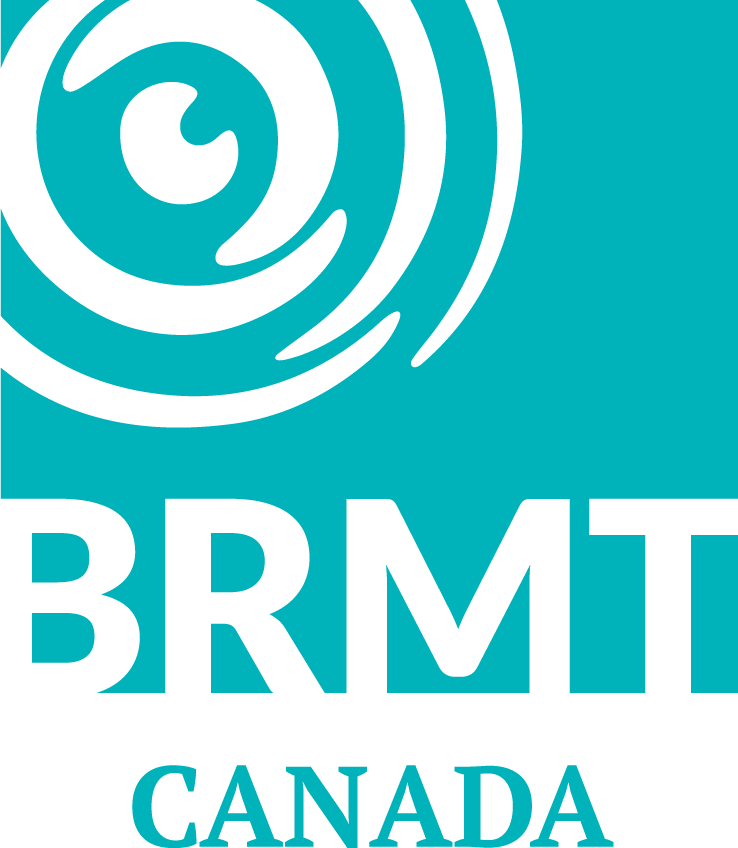STNR & ATNR Reflex
Symmetrical Tonic Neck Reflex (STNR) integration allows children to get up from the floor and begin crawling. The Asymmetrical Tonic Neck Reflex (ATNR) affects reading and writing skills and the ability to cross the body’s midline.
Symmetrical Tonic Neck Reflex
The STNR develops when a baby is about six months old, and should have a short life span. Like the Landau Reflex, it is not a genuine postural reflex. It should be integrated by the age of 9 to 11 months. This reflex allows children to get up off the floor and begin crawling, by separating the upper and lower halves of their body.
The reflex pattern of the STNR has two movements. When the child kneels on hands and knees and the head is raised, the arms are straight and the legs are bent. When a child lowers their head, their arms will bend and their legs will straighten.
The STNR influences the further integration of the Tonic Labyrinthine Reflex. It strengthens the muscles of the back and neck, and is important for proper body posture.
If the STNR is not sufficiently integrated, the child will move around by sliding on their bottom or just sitting until they learn to walk. Children who never crawled on all fours usually have an active STNR.
The STNR is crucial for developing vision skills, a sense of balance, and eye-hand coordination.
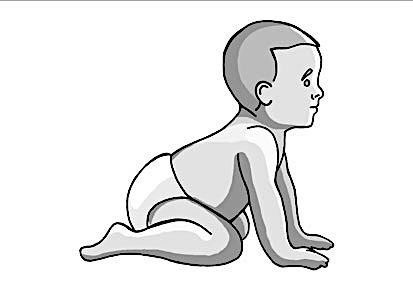


Some signs that the STNR may not be integrated:
Poor body posture and problems keeping the back straight
Poor upper arm strength
Sitting in a W-position or wrapping legs around the legs of a chair
When reading or writing, the child ends up lying over the book, supporting the head with the hand
Lack/absence of crawling
Difficulty with accommodation and visual focusing at various distances (impacts reading abilities)
Challenges playing ball games (child must follow the ball with the eyes)
Games to help support integration of the Symmetrical Tonic Neck Reflex:
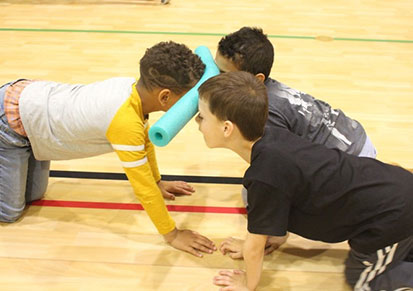
Partner Noodle Crawl
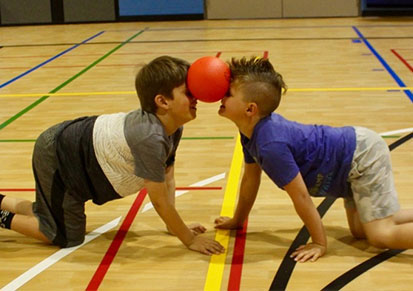
Partner Ball Crawl
Primitive Reflexes
Postural Reflexes
- The Amphibian Reflex
- Crawling Reflex
- Neck and Head Righting Reflexes
Bridge or Transitional Reflexes
Asymmetrical Tonic Neck Reflex (ATNR)
The ATNR emerges at 18 weeks in utero, is present at birth, and should be integrated by six months post-delivery. When the baby’s head turns to one side, the arm and leg of the same side extend while the limbs of the other side flex or bend. This reflex is important during the delivery process as it causes the newborn child to move their arms and legs to assist the passage down the birth canal.
Most published research on primary reflexes point to this reflex as being the most actively involved in the learning and attention span functions. This is called the ‘learning reflex’.
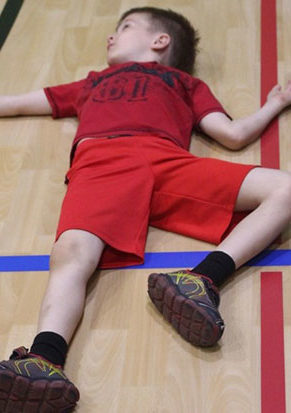
Some signs that the ATNR may not be integrated:
Difficulty crossing the midline
Affected balance when the head is turned to the side
Difficulty learning to ride a bicycle
When writing, the child compensates by pressing the pen, impairing handwriting
Dyslexia
Reading and spelling difficulties
Difficulty with math
Confused handedness
Importance of the ATNR in dyslexia:
The ATNR affects reading and writing skills in many ways and is rarely integrated in children with dyslexia. Integration of the ATNR affects dyslexia in the following ways:
Aids the myelinisation of the corpus callosum
Improves communication between brain hemispheres
Promotes pursuit eye movements
Promotes cooperation of the eyes and binocular vision
Improves writing ability to express oneself
Games to help support integration of the ATNR Reflex:
ATNR Tracking

Cross Crawls
To learn more, attend a Blomberg Rhythmic Movement course or workshop!
We are always adding new course dates and locations.
